Fantasia Per La Vita E La Morte
-
Ships in 2 to 3 weeks
Details
Description
SKU: BT.BMP6085339
Composed by Bert Appermont. Score Only. Composed 2006. Beriato Music #BMP6085339. Published by Beriato Music (BT.BMP6085339).The mystique surrounding life and death formed the starting point of this composition. I wanted to write a work without a story, mixed up in a kind of musical quest for a new world of sound, original rhythm sequences, melodies filled with suspenseand distinct orchestral tones.The indirect cause was the birth of my first child which took place during this time, followed by the death of a close family member. At such a moment you experience just how close life and death are to each other, anddespite one being the antithesis of the other, they are incredibly similar. Both radical events are passages into new worlds and have great emotional impact. Moreover, the work was commissioned by “New Life”, an orchestra that lost one of itsmusician in a plane crash, which also led me to believe that this approach would be appropriate.I would prefer not to comment on which passages in the composition concern life (birth) and which refer to death. It seems to me that it is moreinteresting to question traditional conceptions and leave it open for the listener. If you think that a passage is about birth, and this idea then shifts, it is this that raises fascinating questions, on both a musical and metaphysical level.Music isin an indirect but incredibly persuasive way in which to express the endless striving and seeking of mankind. Music can even touch eternity, as it were, and give us the feeling that we can transcend death. This endless search (and also longing) canbe heard throughout the work; as much in the sound fields and accent shifts in the first part as in the enormous tension curves and compelling themes of the second part. The semi-tone functions in this way as a guide or something to hold on to,running through the whole work and upon which much of the musical material is based. Traces of profound love resound with quiet simplicity in the slow section’s melodious solos, after which the work contemplates life and death one last time, musesupon joy and sadness, on the possibilities and limitations of people and on the why of all things.I would like to dedicate this work to my dearest daughter Paulientje, to Meterke and to Johan de Jong of the “New Life” orchestra. May it fare themwell, here or in another dimension…
De mystiek rond leven en dood vormde het uitgangspunt van deze compositie. Ik wou een werk schrijven zonder verhaal, en verzeilde in een soort muzikale zoektocht naar nieuwe klankwerelden, originele maatopeenvolgingen, spanningsrijkemelodieën en aparte orkestrale kleuren. Onrechtstreekse aanleiding was de geboorte van mijn eerste kind die in dezelfde periode plaatsvond dan het overlijden van een dierbaar familielid. Op zo’n moment ondervind je aan den lijvehoe dicht leven en dood bij mekaar staan, en hoe ze ondanks hun enorme tegenstelling in wezen erg veel op elkaar lijken. Beide ingrijpende gebeurtenissen zijn immers overgangen naar een nieuwe wereld en hebben een grote emotioneleimpact. De opdrachtgever van het werk heette bovendien “Nieuw Leven” en dit orkest verloor een muzikant die stierf in een vliegtuigcrash, wat me verder aangaf dat die invalshoek wel gepast zou zijn.Ik wil graag in het midden latenwelke passages uit het werk nu over het leven (de geboorte) en welke nu over de dood gaan. Het lijkt me net interessant om de traditionele conceptie hier rond in vraag te stellen en open te laten voor de toehoorder. Wanneer jedenkt dat een passage over de geboorte gaat en dit gegeven omkeert, roept dit net boeiende vragen op, zowel op muzikaal als op metafysisch vlak. Muziek is op een indirecte maar ontzettend doordringende manier in staat om het oneindigestreven en zoeken van de mens uit te drukken. Muziek kan als het ware heel even de eeuwigheid aanraken en ons het gevoel geven dat we de dood kunnen overstijgen. Dit oneindige zoeken (en ook verlangen) kan je het hele werkdoor terughoren: zowel in de klankvelden en accentverschuivingen van het eerste deel als in de enorme spanningsbogen en meeslepende thema’s van het tweede deel. De kleine secunde fungeert daarbij als een soort leidraad of houvast
So wie der Titel Phantasie an das Leben und den Tod schon andeutet stehen das Leben und der Tod im Mittelpunkt dieser innovativen Komposition von Bert Appermont, die für die Nieuw Leven“ Blaskapelle in Vianen/Niederlande geschrieben wurde. Die Geburt seines ersten Kindes und der Tod eines nahen Verwandten im gleichen Zeitraum regten den Komponisten an, die Grenzen zwischen Leben und Tod zu ergründen, die zuweilen ziemlich nah beieinander liegen. Schon allein die Wahl dieses Themas, ja das gesamte Werk Fantasia per la Vita e la Morta“ sucht nach neuen Klangfarben wobei das Experimentieren nicht gescheut wurde und der Komponist seinen Horizont harmonisch und kompositorischerweitert hat. Dieses Werk hat auch den ersten Preis beim Kompositionswettbewerb IV CONCURSO DE COMPOSICIÓN SINFÓNICA PARA BANDA DE MeSICA DE TORREVIEJA” gewonnen, wo es als die beste Komposition unter 45 Werken aus 29 Ländern ausgezeichnet wurde.
Le point de départ de cette composition est la mystique entourant la vie et la mort. Je souhaitais composer une uvre sans récit et jai plongé dans une sorte de quote musicale vers de nouveaux mondes sonores, des enchaînements de mesures originaux, des mélodies riches en tensions et des tonalités orchestrales particulières. Ce qui a indirectement donné lieu cette composition, cest la naissance de mon premier enfant, qui a eu lieu peu près au même moment que le décès dun membre cher de ma famille. Et cest dans de tels moments que lon apprend ses dépens combien la vie et la mort sont intimement liées et combien, malgré leur immense contraste, elles se ressemblent paressence. Car dune part, ces deux événements bouleversants sont des passages vers un nouveau monde et, dautre part, ils ont tous deux un énorme impact émotionnel. En outre, le donneur dordre de luvre est un orchestre qui sappelle « Nieuw Leven » (Nouvelle Vie), et cet orchestre a lui-même perdu un musicien, décédé dans un accident davion, ce qui ma conforté dans lidée dune parfaite adéquation de ce thème avec lensemble de la situation.Je souhaite ne pas dévoiler les passages de luvre qui parlent de la vie (la naissance) et ceux qui parlent de la mort. Car il me semble justement intéressant de remettre en question la conception traditionnelle y afférente et de laisser la porte ouverte aux auditeurs. Quand vous pensez qu'un passage parle de la naissance et que vous inversez cette donnée, cela suscite des questions passionnantes, aussi bien sur le plan musical que métaphysique. De façon indirecte mais formidablement pénétrante, la musique est capable dexprimer la quote infinie de l'homme. Elle peut, si lon peut sexprimer ainsi, toucher l'éternité pendant un bref instant et nous donner le sentiment d'être en mesure de dépasser la mort. Cette quote (et aussi cette aspiration) éternelle se retrouve partout dans luvre : aussi bien dans les champs de sonorité et les glissements daccent de la première partie que dans les énormes tensions et les thèmes.
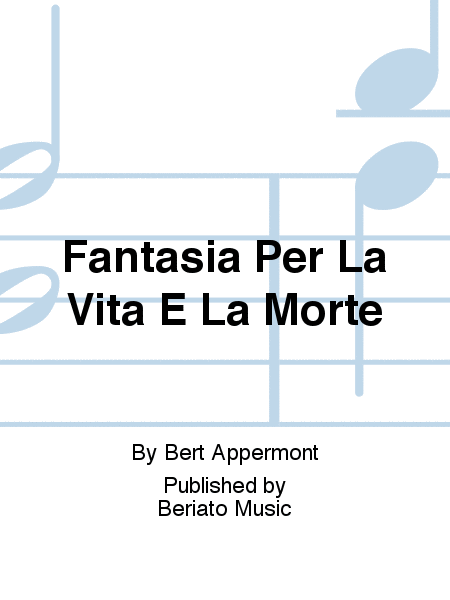
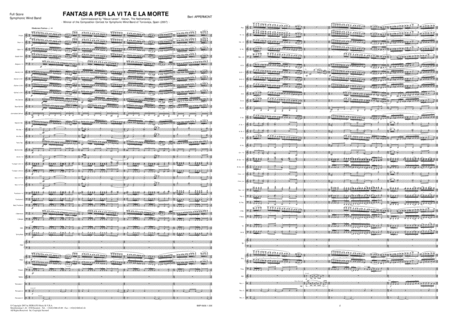
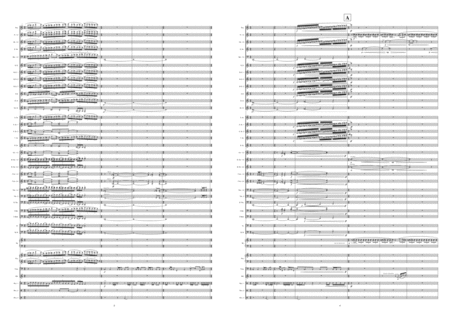
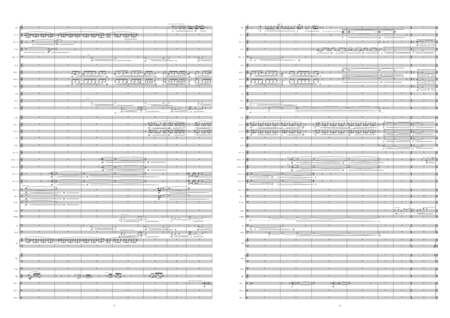
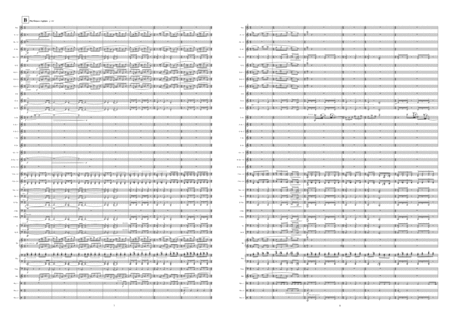
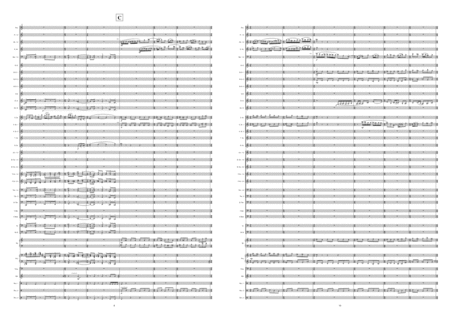
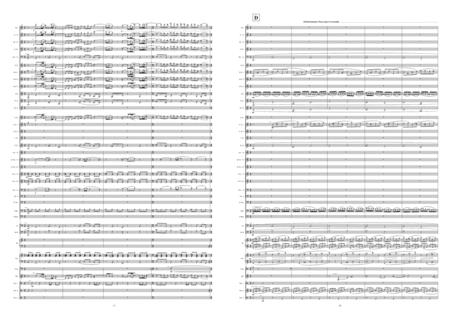
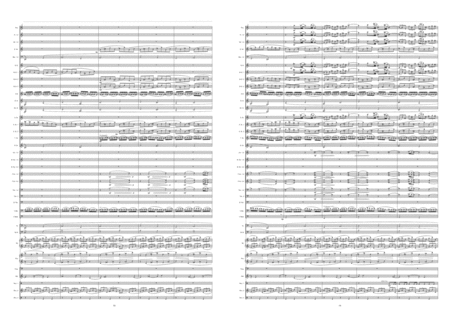
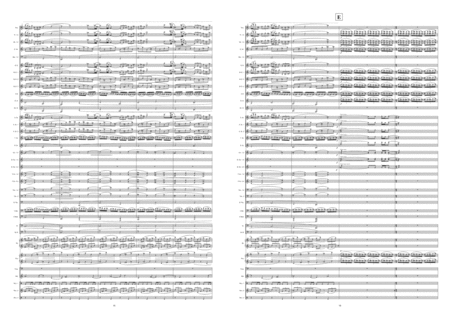
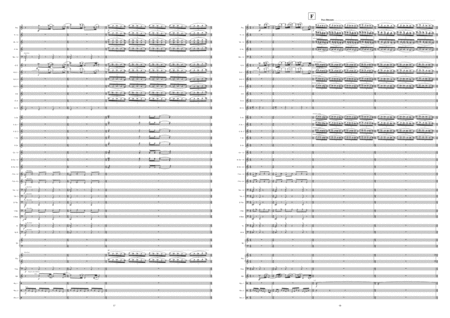
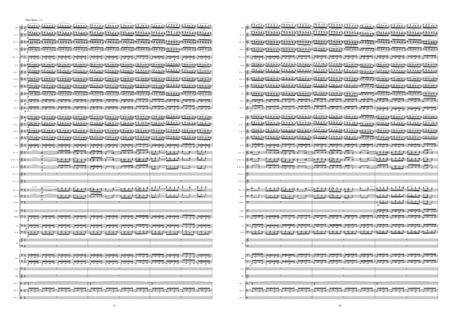
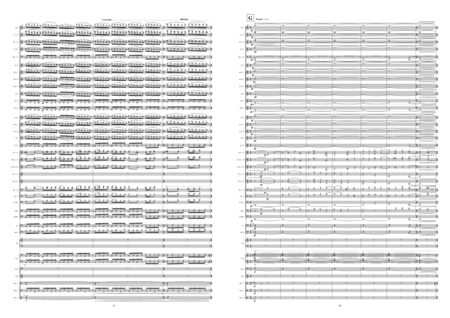
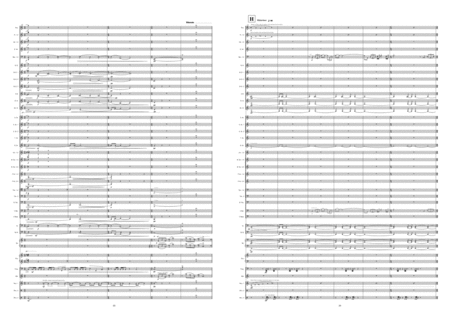
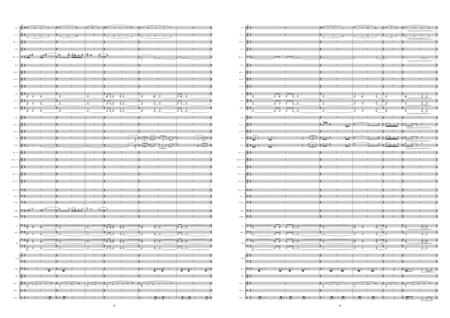
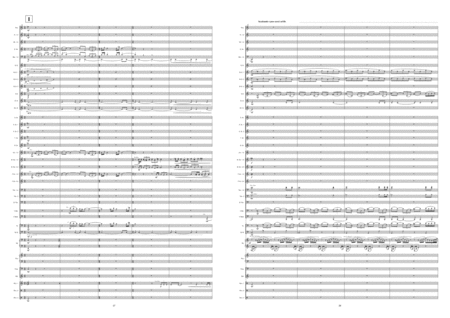
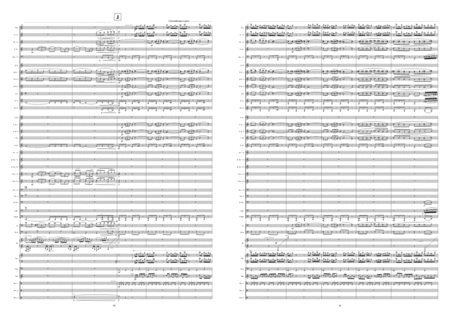
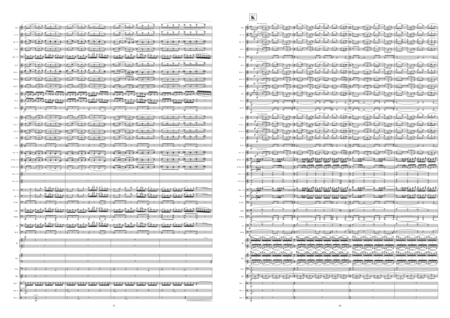
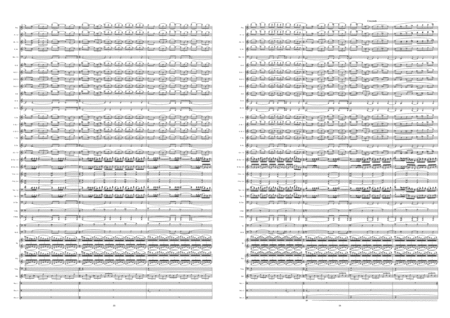
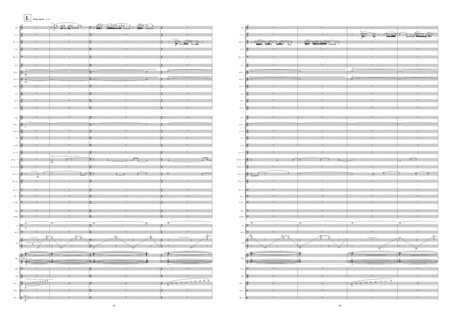
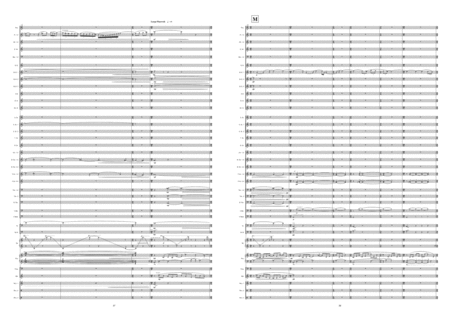
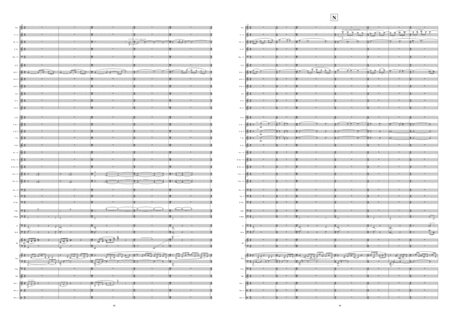
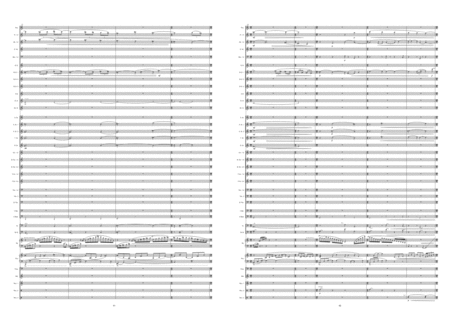
 Share
Share